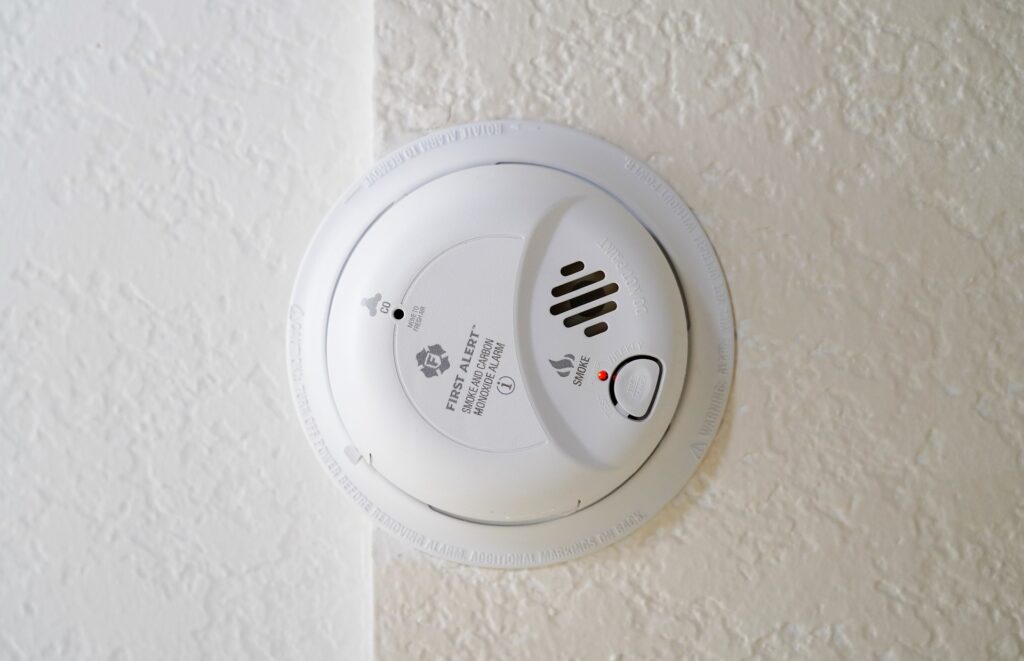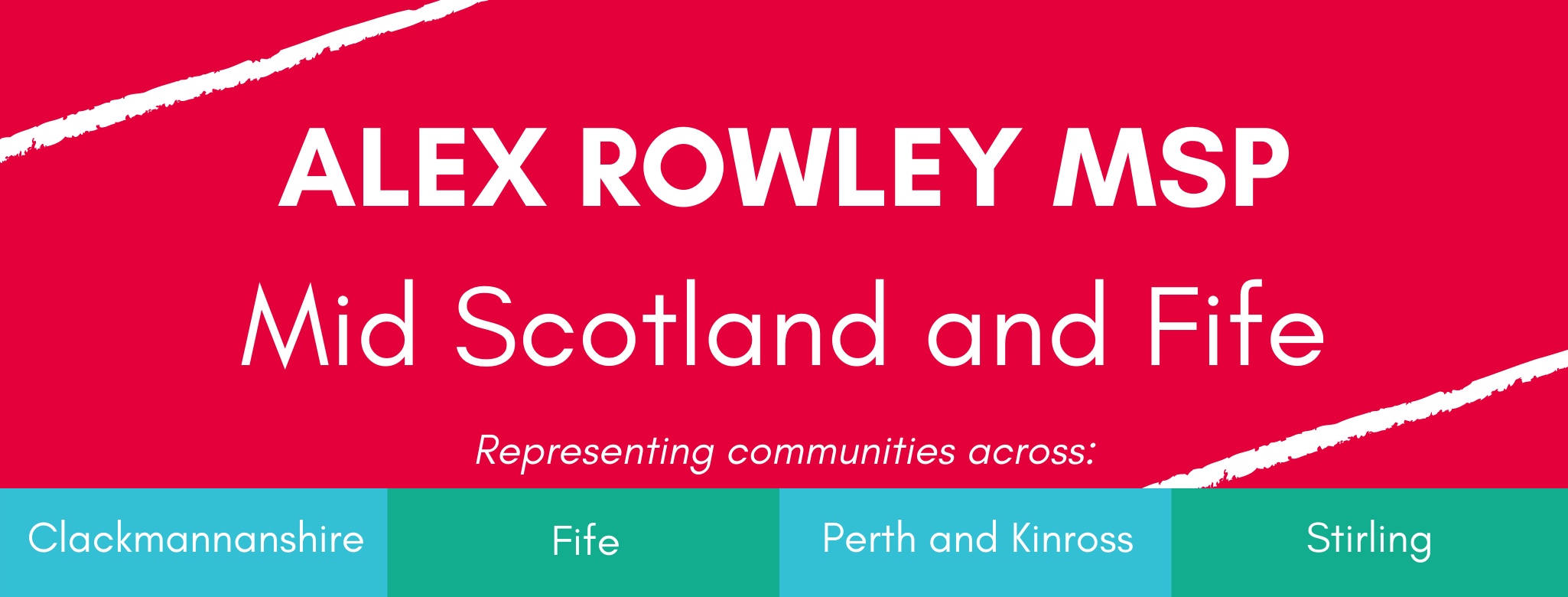I am encouraging all homeowners to be aware of upcoming changes in fire alarm regulations which will mean every home in Scotland must by law have interlinked fire alarms by February 2022.
The Scottish Government also need to do more to raise awareness of the change in the law and to support those who need help to cover the installation costs.
In bringing forward the new law, the Scottish Government made the case that interlinked fire alarms mean that if one alarm goes off, they all go off and this enhances safety. A person may not always hear the alarm closest to the fire, especially if they are somewhere else in the house, however, having an interlinked system means the household will be alerted immediately.
This change in the law by the SNP Government means that if you are a homeowner, it’s your responsibility by law to make sure your home meets the new fire alarms standard.
By February 2022 every home will need to have: 1 smoke alarm in the room you spend most of the day, usually your living room; 1 smoke alarm in every circulation space on each storey, such as hallways and landings; and 1 heat alarm in the kitchen. These all need to be interlinked.
If you have a carbon-fuelled appliance, like a boiler, fire, heater or flue you must also have a carbon monoxide detector however this does not need to be linked to the fire alarms.
These changes to the law were already pushed back as most people weren’t aware of it, but even now there isn’t wide awareness of these new requirements. The Scottish Government need to do much more to ensure people know what the changes are and how to go about sorting out installation.
On top of this we have seen that only 800 people have benefitted so far from the £500,000 government funding pot made available to help meet those costs. I would encourage anyone that is eligible for support to check if you can get help with the costs. The funding is available for older and disabled homeowners who meet the government criteria.
—
Scottish Government information on the changes to the law: https://www.gov.scot/publications/fire-and-smoke-alarms-in-scottish-homes/
An FOI of Local Authorities revealed £261,000 had assisted with 805 installations: https://docs.google.com/spreadsheets/d/1_kDLfIZrzz4AyXxn1NsKkAkVWnODzUyPfuOGucPRFUo/edit#gid=0
“The Scottish Government is providing £500,000 to help eligible older and disabled homeowners with installation” https://www.gov.scot/news/changes-to-fire-safety-laws/
Eligible households:
Table 3.5 of the latest Family Resources Survey shows that, across the UK as a whole in 2019-20, 2% of owner-occupied homes were in receipt of pension credit. The same proportion were in receipt of ESA, but this figure is not broken down any further to identify those in a support group.
According to the 2019 Scottish Household Survey, there were 1.5 million owner-occupied households in 2019. Two percent of this figure would represent 30,000 households so this would give an approximate figure for the number of households that might be eligible for support in each category (Pension Credit and ESA). In total, that would imply a maximum of 60,000 households.
Across Scotland as a whole, 60% of chargeable dwellings are in Bands A-C, so if the proportion is assumed to apply equally across different tenure types, it would imply around 35,000 households eligible for support.






